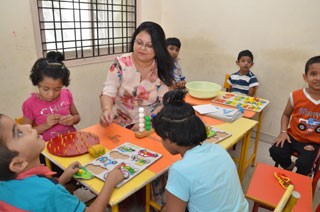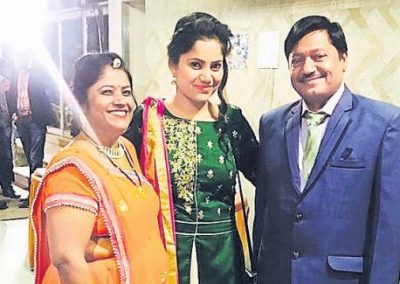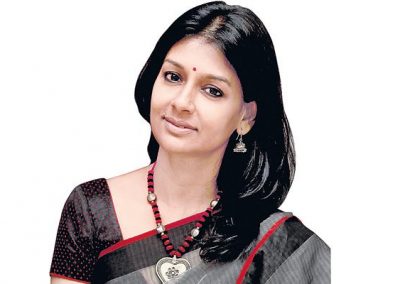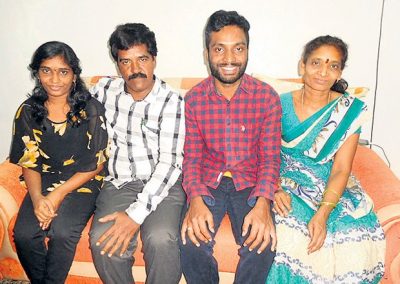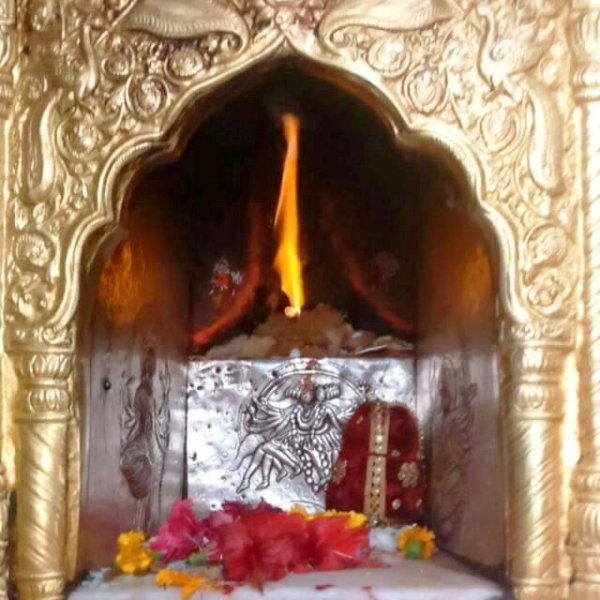Nestled in the lap of Shivalik Range of Kangra Valley, the temple of Jwala Devi is believed to be the first-ever temple built by the Pandavas. Jwala means light. Over ages, people have faith that the temple is one of the most auspicious temples of the many temples dedicated to Goddess Jwala. The goddess resides in the flame that keeps burning continuously.
It is one of the 51 Shakti Peeths found in different corners of Southeast Asia. The platform of the temple is set with a small dome and a square pit in the centre, where the sacred stone is found. Goddess Jwala Ji, who resides here, is also known as the deity of the Flaming Mouth; the pit where the flame burns is believed to be the mouth of Mahakali.
Out of the 51 Shakti Peeths, the legend of the Jwalamukhi Temple relates to Sati. She was born when gods concentrated their individual energies on the ground. They did this in order to get respite from the atrocities they were facing from the demons. This Adi Shakti girl was brought up in the house of Prajapati Daksha.
When Sati felt humiliated by her father for not inviting Lord Shiva at a yajna, she sacrificed herself in the fire of havan kund. Lord Shiva got so agitated that he carried Sati’s burnt body and moved around the world. The gods approached Lord Vishnu to diffuse Lord Shiva’s anger in order to save the world from a calamity. He then used his Sudarshan Chakra, which cut Sati’s body into 51 pieces. Wherever her body pieces fell, it is believed to be the power centre of the goddess – a Shakti Peeth. Amongst all parts, it is believed that the tongue of the goddess fell in Kangra Valley.
The well-renowned Mughal Emperor Akbar had also visited the temple in response to the miraculous flame of Jwala Ji. The government of India with a team of reputed geologists tried analysing the source behind this eternal flame. It all went for a toss. The gods have their own ways to shimmer with the ultimate power that they possess.
The picturesque temple, built in the Indo-Sikh style, is a modern building whose dome is of gilt, gold and pinnacles and possesses a beautiful folding door of silver plates, presented by the Sikh Raja Kharak Singh. Do not miss the Shaiyan Arti of this wondrous shrine.
Visit this timeless beauty during the month of Navratri. The colours here will mesmerise you with their charismatic aura. Binding ourselves to religion and spiritualism is way beyond the scientific reasons that surround us.
The entire year is the best season to pay a visit to this forever-lit Jwala Devi Temple. Summers are mild and light. Winters can get extremely cold. Carry heavy woolens to protect yourself from extreme temperatures.



